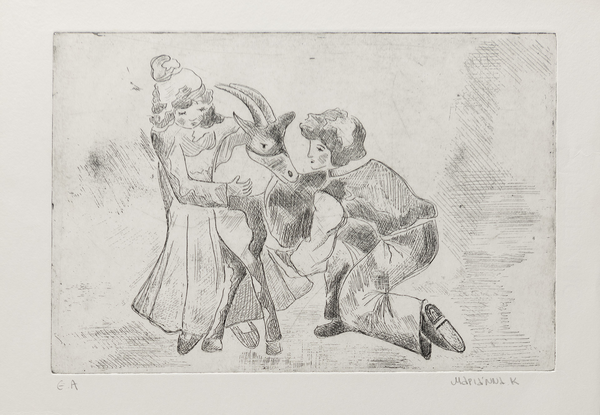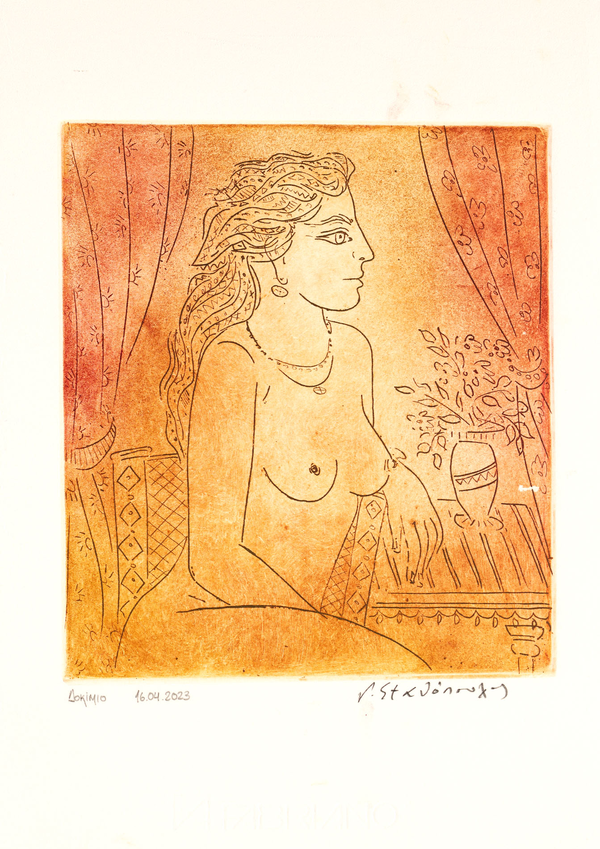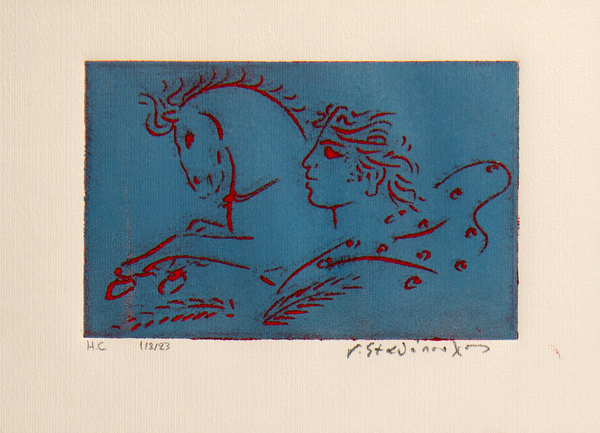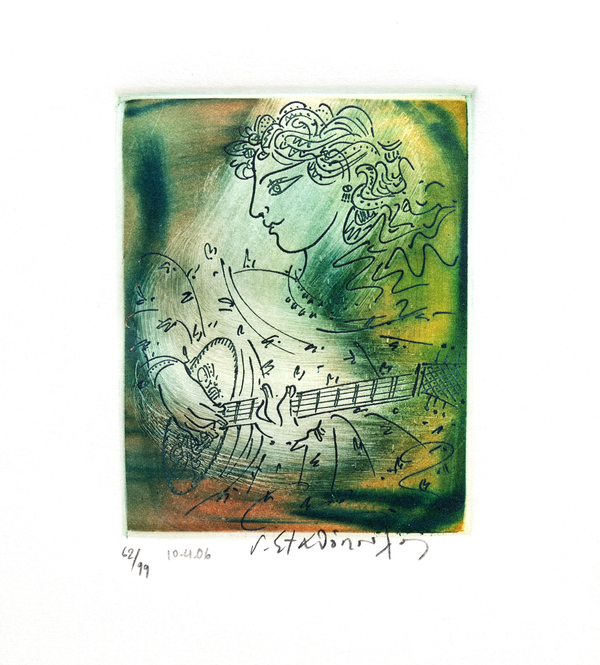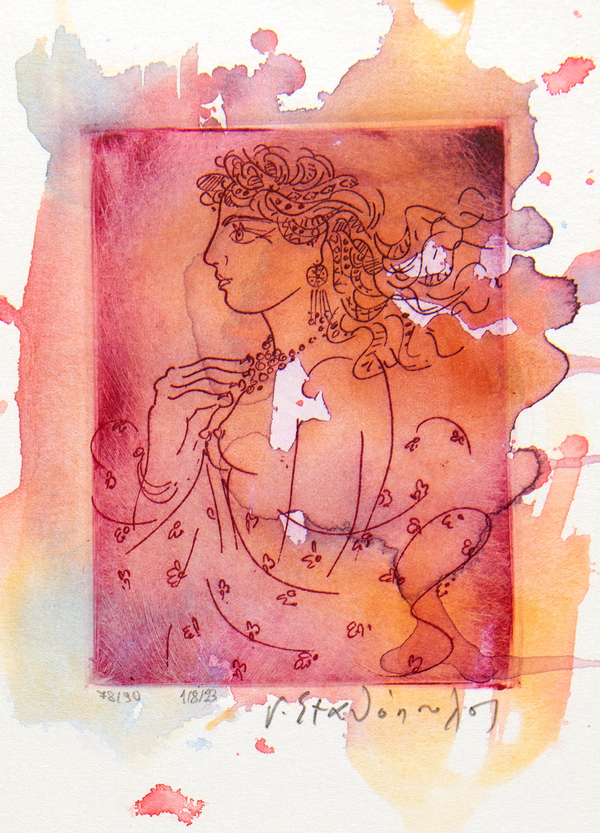Copper engraving
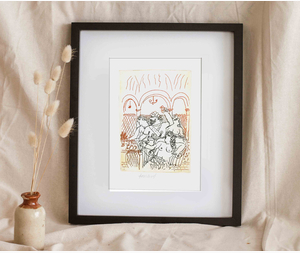
Showing 0 of 0 products
Copper engraving
Copper engraving is the second chronological technique of printmaking, known in Europe since the 15th century, has its predecessor in niello—a mixture of copper, lead, and silver used by Renaissance goldsmiths to enhance the appearance of their metalwork. Etching falls under the general category of intaglio printing, as it prints from the recessed areas of the metal plate. Historically, it was believed that etching was discovered by chance.
According to legend, the 15th-century Tuscan goldsmith, Maso di Antonio Finiguerra (1426-1464), in Florence, filled the engraved image of Peace on a sword with soot, dampened a piece of paper, and pressed it onto the engraving. The resulting print was considered the first etching.
The etching technique includes various methods:
- Etching with holes
- Linear etching
- Needle etching (known since the 15th century)
- Linear aquatint (known since the 16th century)
- Stippled etching (known since the 17th century)
- Imitation pencil etching
- Spontaneous etching
- Tonal aquatint
- Soft varnish aquatint (known since the 18th century)
In the etching process, the design is applied directly or using carbon paper or gelatin sheets onto the cleaned surface of the copper plate. The artist then uses tools such as a burin, rouleau, needle, nitric acid solution, or a pointed rocking tool (berceau) depending on the chosen method. The copper plate is scraped with a scraper (ebarboir / grattoir) to smooth the engraved surface. Before printing, the plate is heated on a warming surface, inked, and then wiped clean. Finally, the plate is placed in a press with dampened paper and felt sheets to absorb pressure. The first proof is then printed.
Like woodcut, in all etching methods, the design is engraved in reverse to ensure the correct print orientation from the plate. The number of etching prints is generally higher than that of woodcuts. Color etching requires a separate copper plate for each color. In some etchings, color is added manually after printing, resulting in hand-colored etchings.

